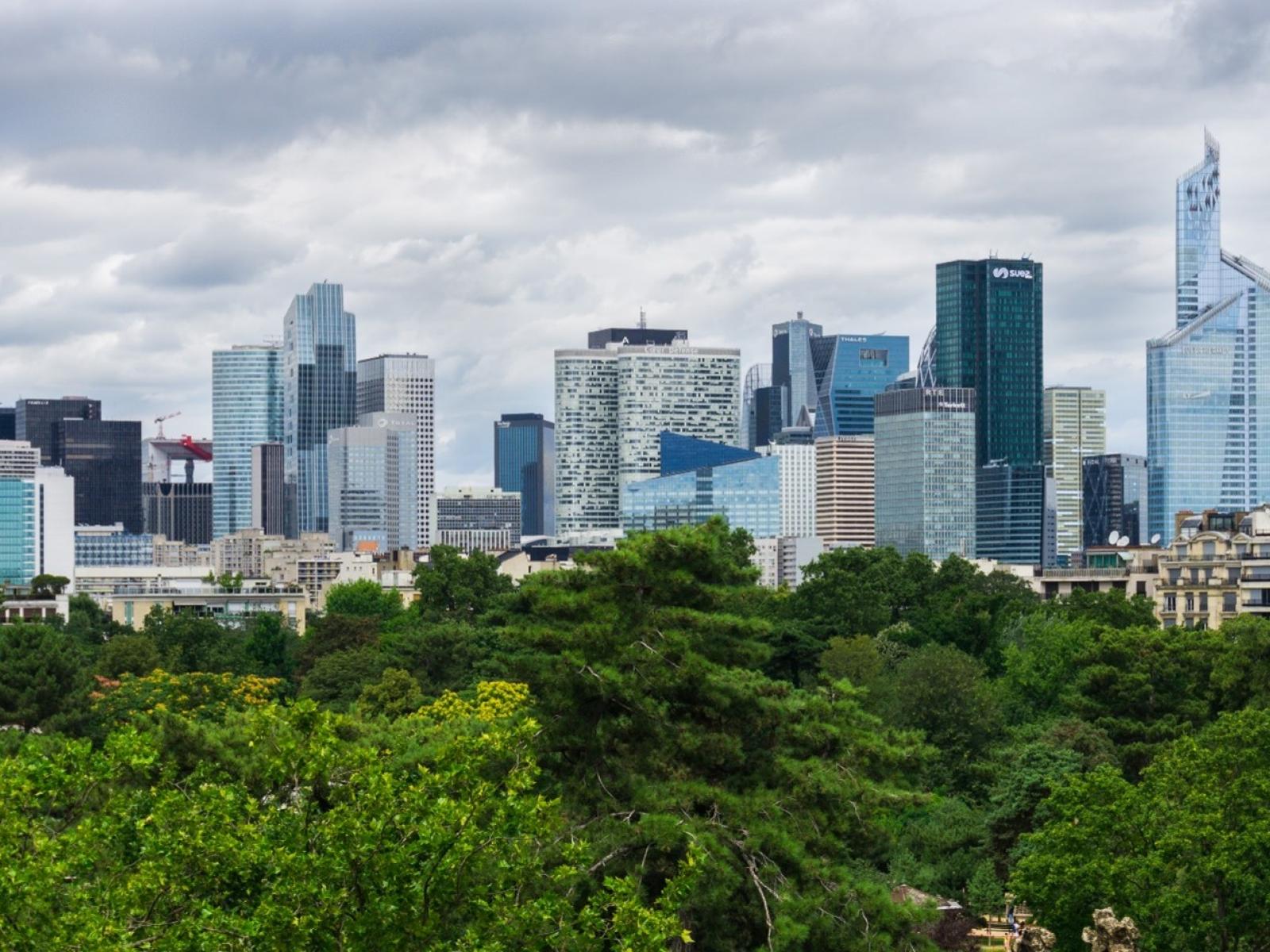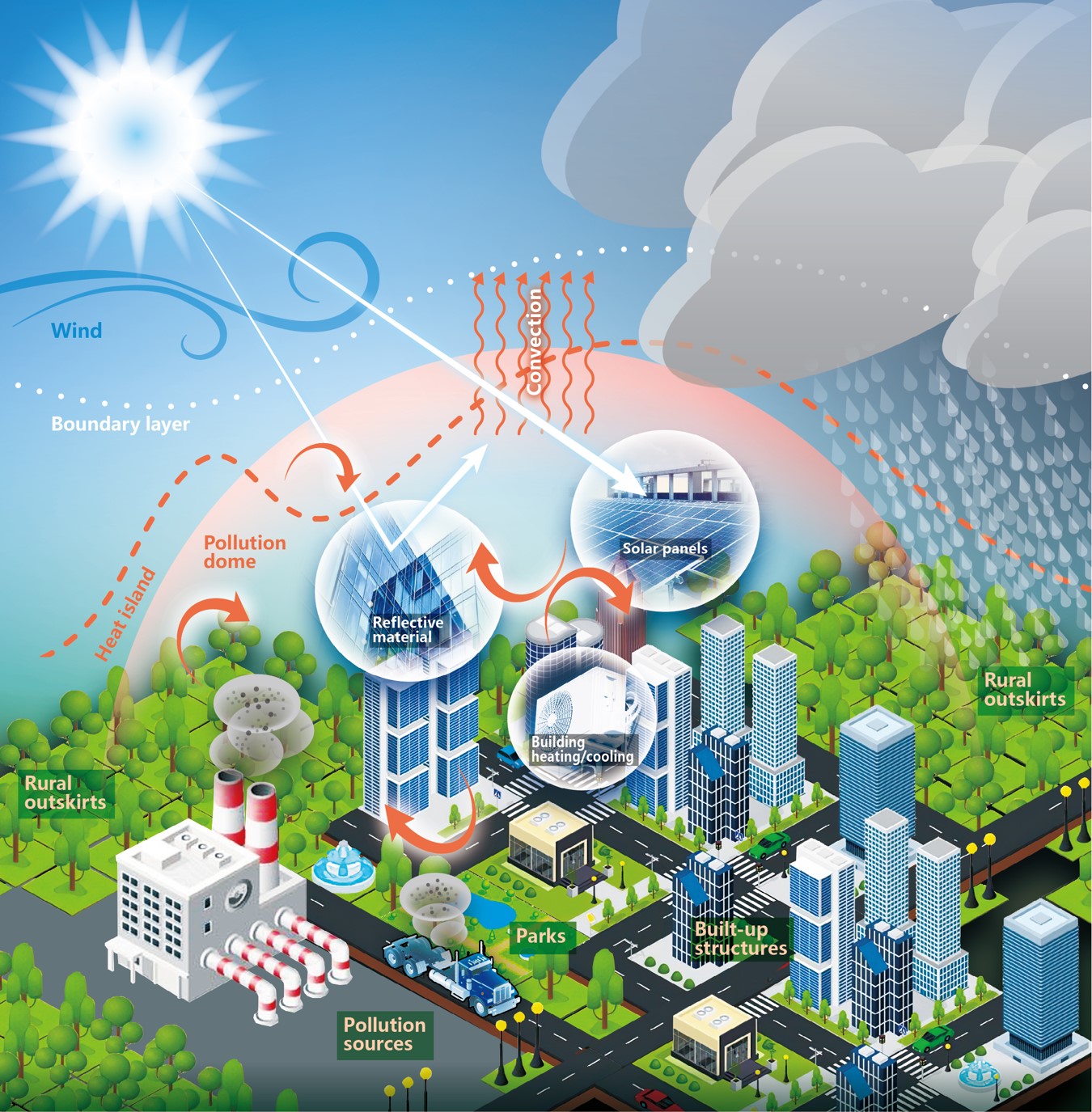Review Highlights 200 Years of Research on How Urbanization Affects Weather and Climate
Cover article examines current and past research to inform future directions for studying urbanization

An extensive review of research on the influence of urban areas on weather and climate examined gaps in the technical literature.
Scientists have studied what happens to the weather and climate in and around urban environments for nearly 200 years. As cities expand and urban populations grow, scientists need to better understand how cities interact with weather and climate at various scales.

A new review article, which garnered the cover of Advances in Atmospheric Science, examines the rich literature surrounding how urbanization influences weather and climate. A Pacific Northwest National Laboratory (PNNL)-led international team of researchers used 500 articles to summarize the state of the field. They looked at the data, methods, and types of studies performed to identify research gaps and challenges.
“This type of review is important because it allows us to broadly look at the data and methods in use across the literature,” said Yun Qian, a PNNL Lab fellow and Earth scientist. “We found some places where there’s room for improvement.”
One issue is the placement of measurement collection sites. Most currently available data is from easily accessible locations such as parks, which may not reflect the environment of building-covered areas in the city. These measurement stations are also not always standardized and often lack vertical profile information. This creates problems when researchers want to compare datasets from different locations and cities.
Working toward the future of urban climate research
By providing an overview of our current scientific understanding of the local and regional effects of urbanization, this review highlights gaps in the observational and modeling methods used to study cities. Developing connections between models and observations is also key to creating a richer picture of urbanization’s influence on weather and climate.
“Modeling studies can help identify critical areas that need more observations and develop mitigation strategies, while measurements can help improve model representations of urban areas,” said TC Chakraborty, a PNNL Earth scientist. “We need to better integrate observations and models to keep making progress when studying urbanization.”
Other PNNL contributors include Jianfeng Li and L. Ruby Leung. The Department of Energy, Office of Science, Biological and Environmental Research program supported this research as part of the Regional and Global Modeling and Analysis program, the Multi-Sector Dynamics Modeling program, and the Earth System Model Development program.
Published: March 18, 2022